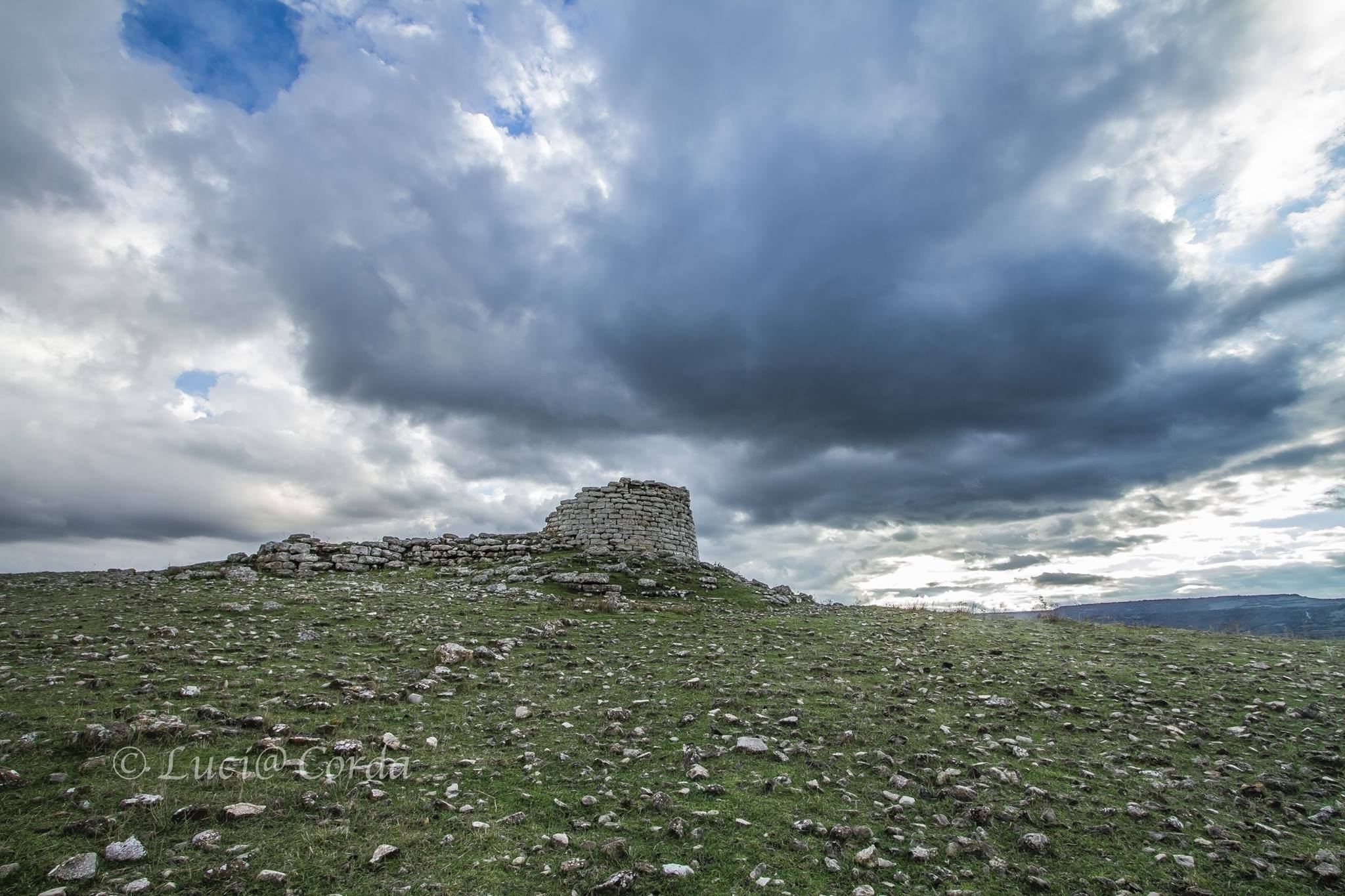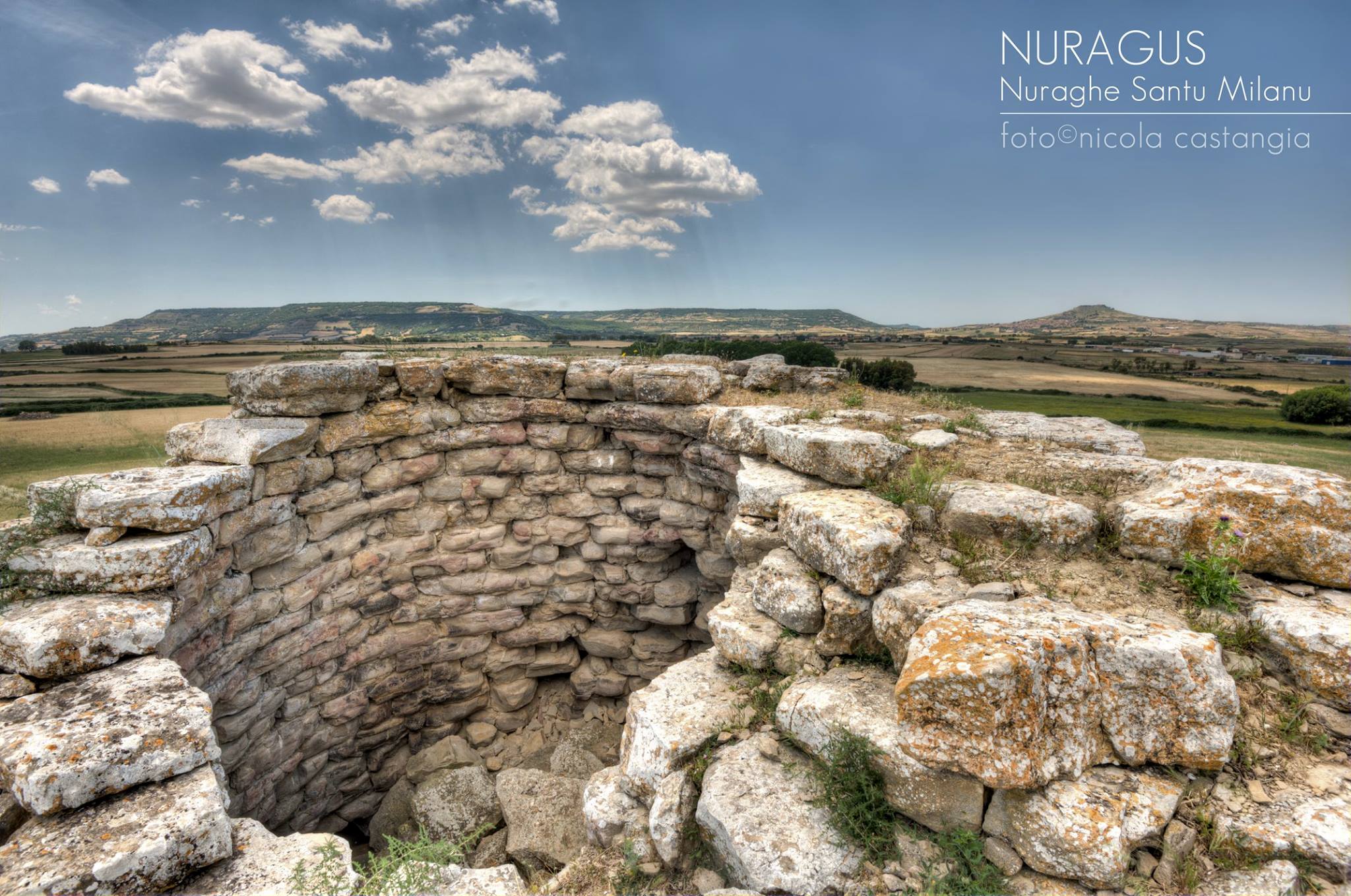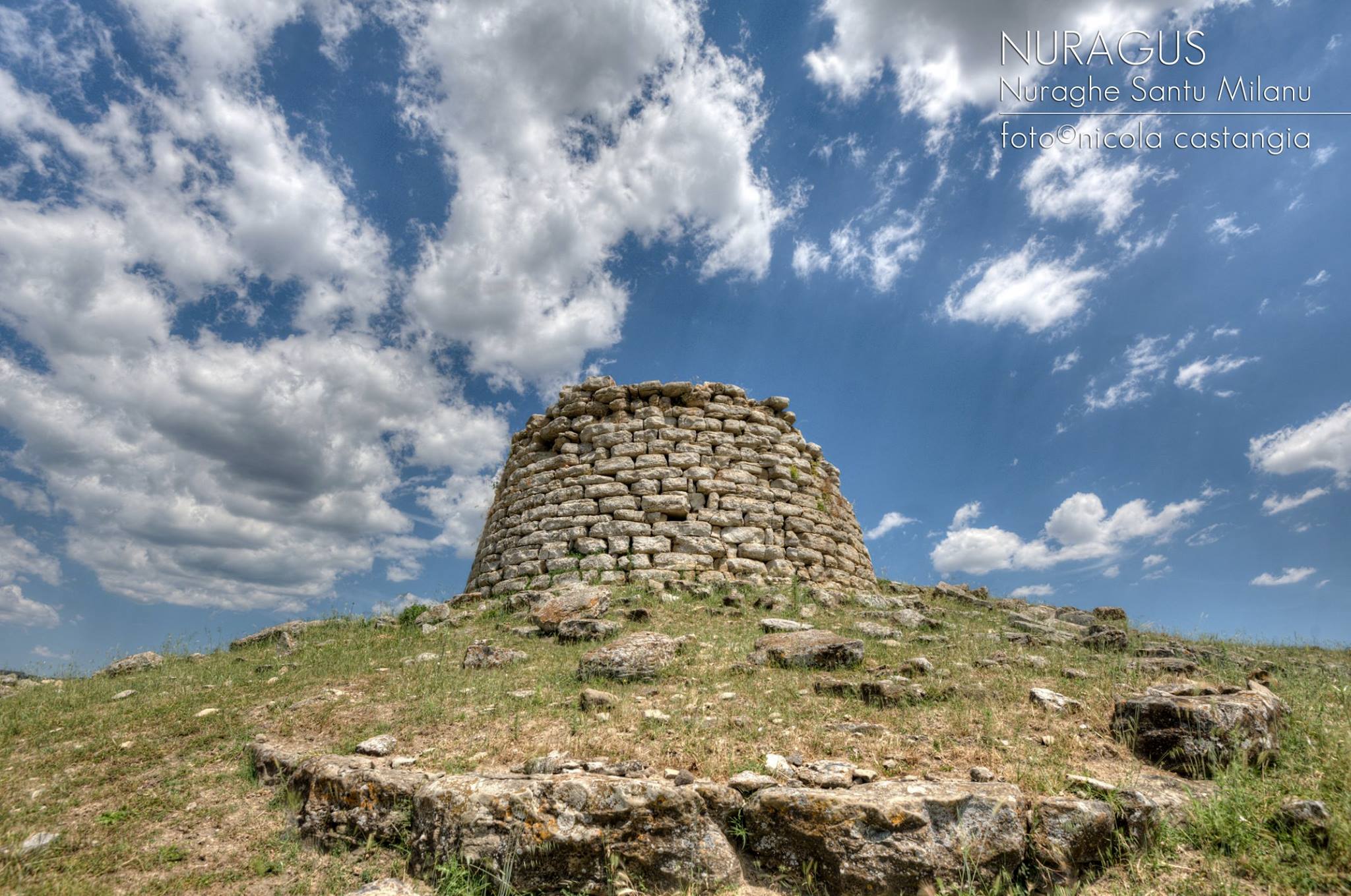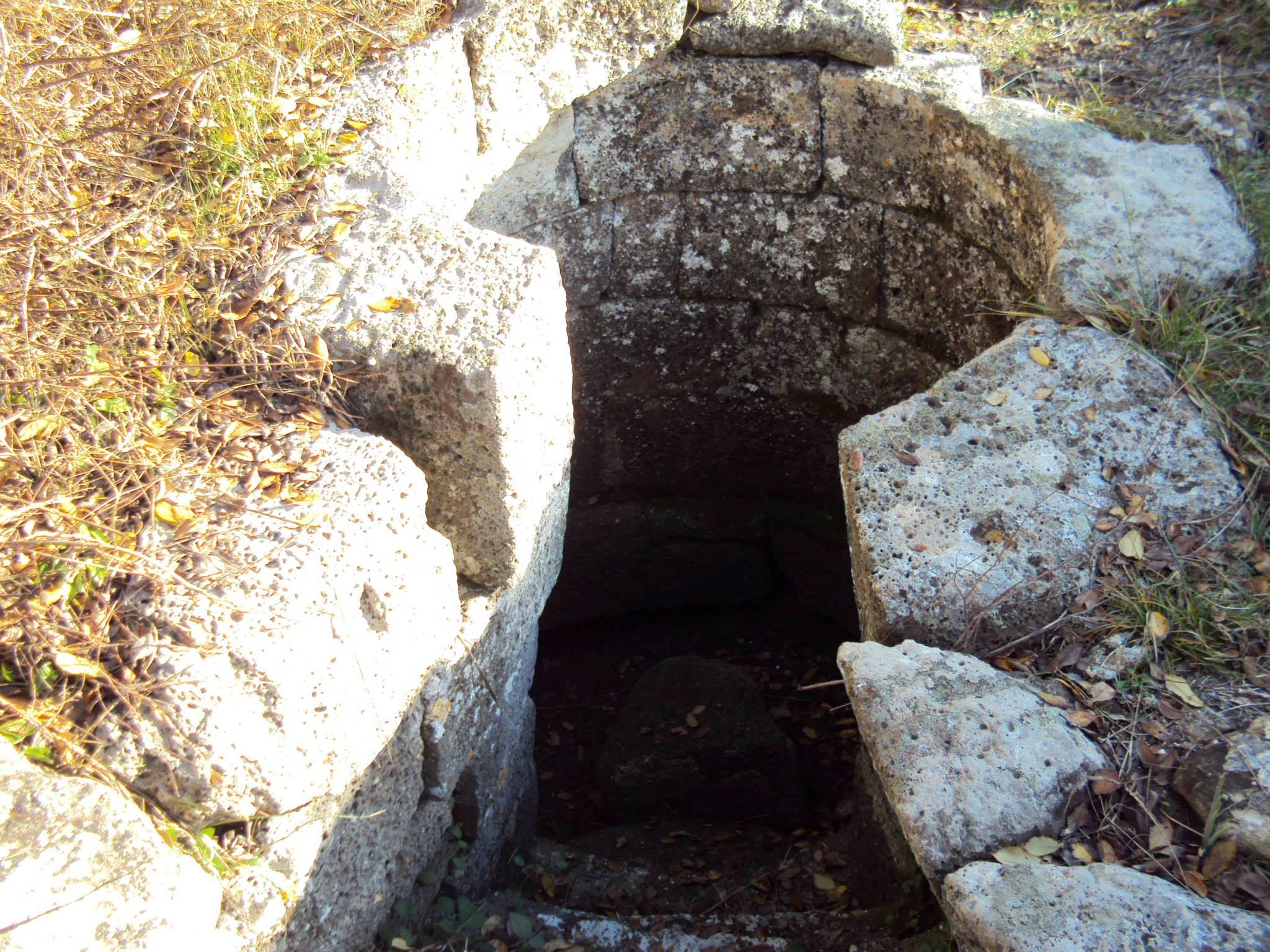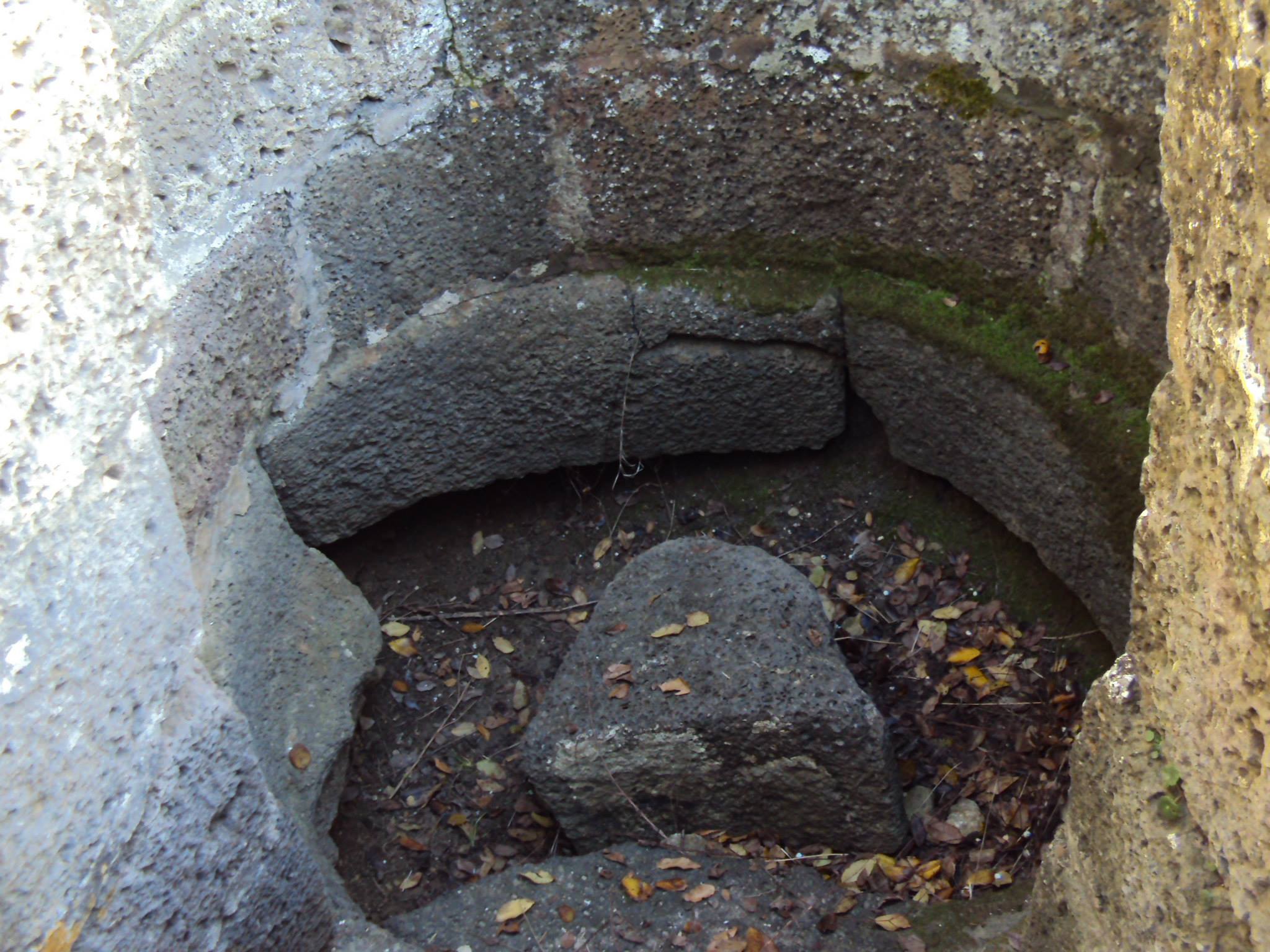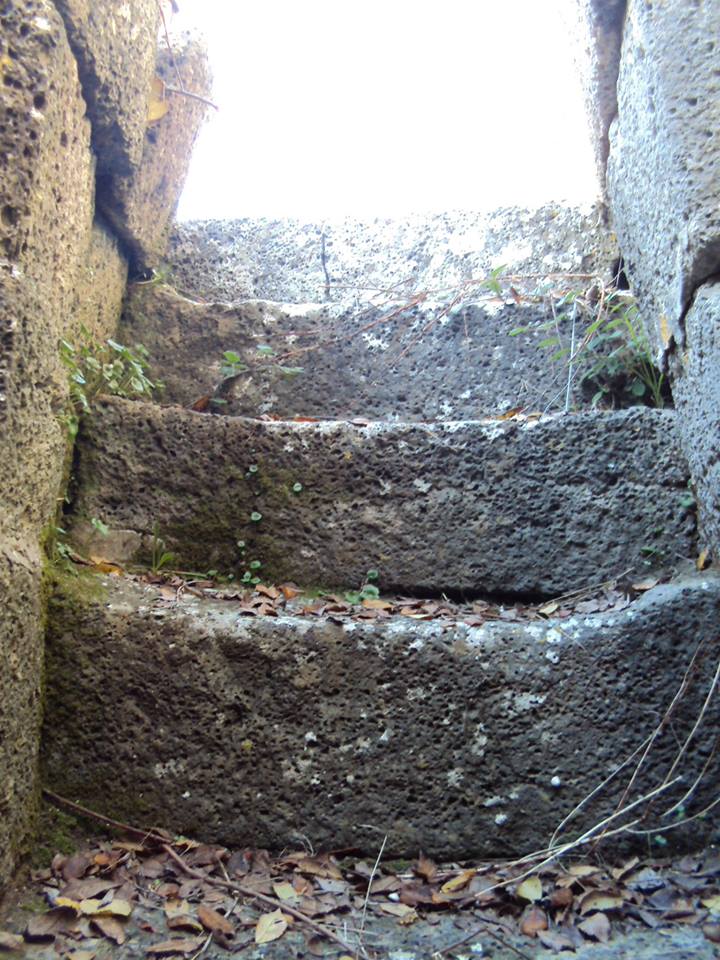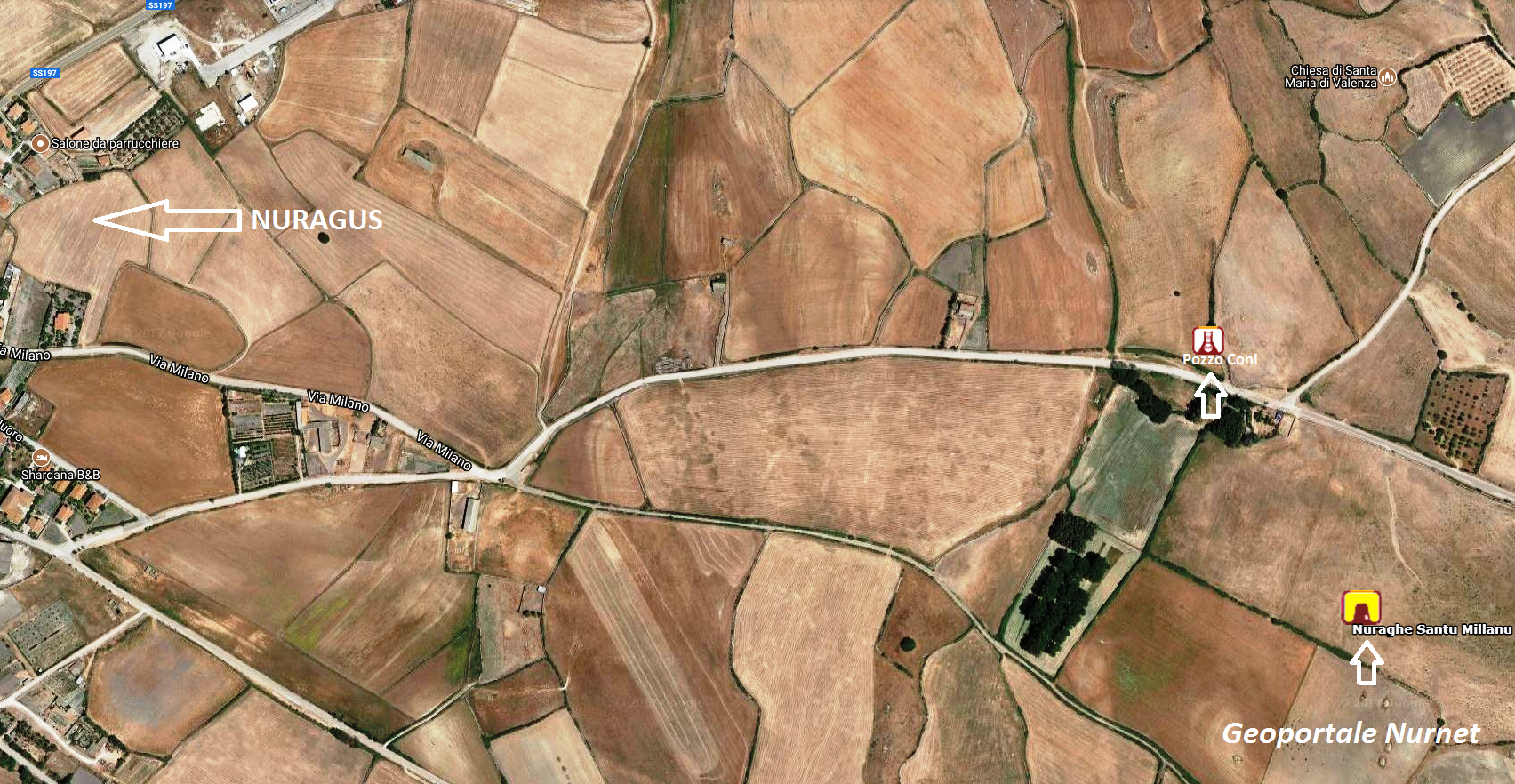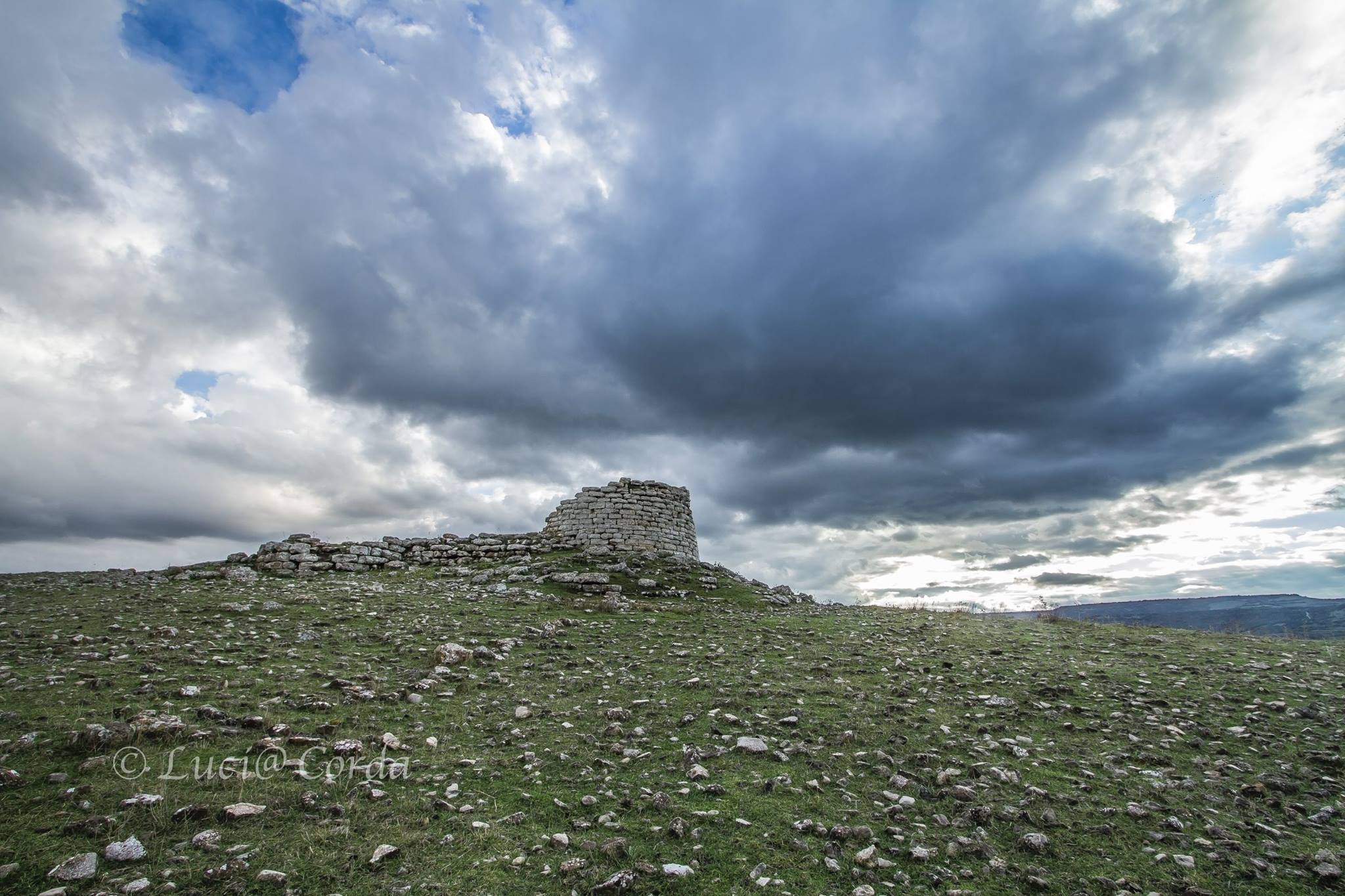The sacred well of Coni, located in the territory of Nuragus, sits at the foot of the hill of Valenza, at the border between Marmilla and Sarcidano. The area is historically significant because near the church of Santa Maria ‘e Alenza, the “milestone” was found that described the work on the refurbishment of the road “Kalaribus Ulbiam,” which had an important station at this site. However, the importance of the area is also due to the presence of the ancient Roman and medieval settlement of Valenza, near which stands what remains of the nuraghe Santu Millanu, a single-tower structure surrounded by a barely discernible quadrilobate bastion. The sacred well was investigated by Taramelli along with the nuraghe. Millanu translates in the Sardinian language to the names Emiliano or Gemiliano, and the assignment of a name of a Christian saint to this monument, perhaps in order to erase references to ancient cults, is a constant that affects a large part of the island’s nuraghi, of which it would instead be interesting and useful to trace the original names. The glottologist Salvatore Dedola finally suggests a correspondence with the phytonym millànu=cyclamen, whose root may come from the Sumerian terms mi-la-nu, with an overall meaning of “invocation presented to the Creator.”
In the images: The nuraghe Santu Millanu in the photos by Gianni Sirigu, Nicola Castangia, and Lucia Corda; the sacred well of Coni in the photos by Alessandro Pilia and Maurizio Cossu.